During a major municipal water project, I witnessed how improper testing led to HDPE pipe failures that cost the contractor significant rework expenses. The pipes passed initial pressure tests but developed cracks within months of installation, teaching me that comprehensive durability testing is essential for long-term performance.
The most critical durability tests for HDPE pipes include hydrostatic pressure tests for long-term strength evaluation, notch tests for slow crack growth resistance, chemical resistance tests for environmental durability, and impact tests for installation damage assessment. These standardized tests simulate decades of service conditions to ensure pipe reliability throughout its expected 50-100 year lifespan.
Understanding these testing protocols helps engineers and installers select the right materials for specific applications. Moreover, proper test interpretation prevents field failures and ensures project success. Now, let’s examine each test method and its practical significance.
What Hydrostatic Tests Verify HDPE Pipe Long-Term Strength Under Pressure?
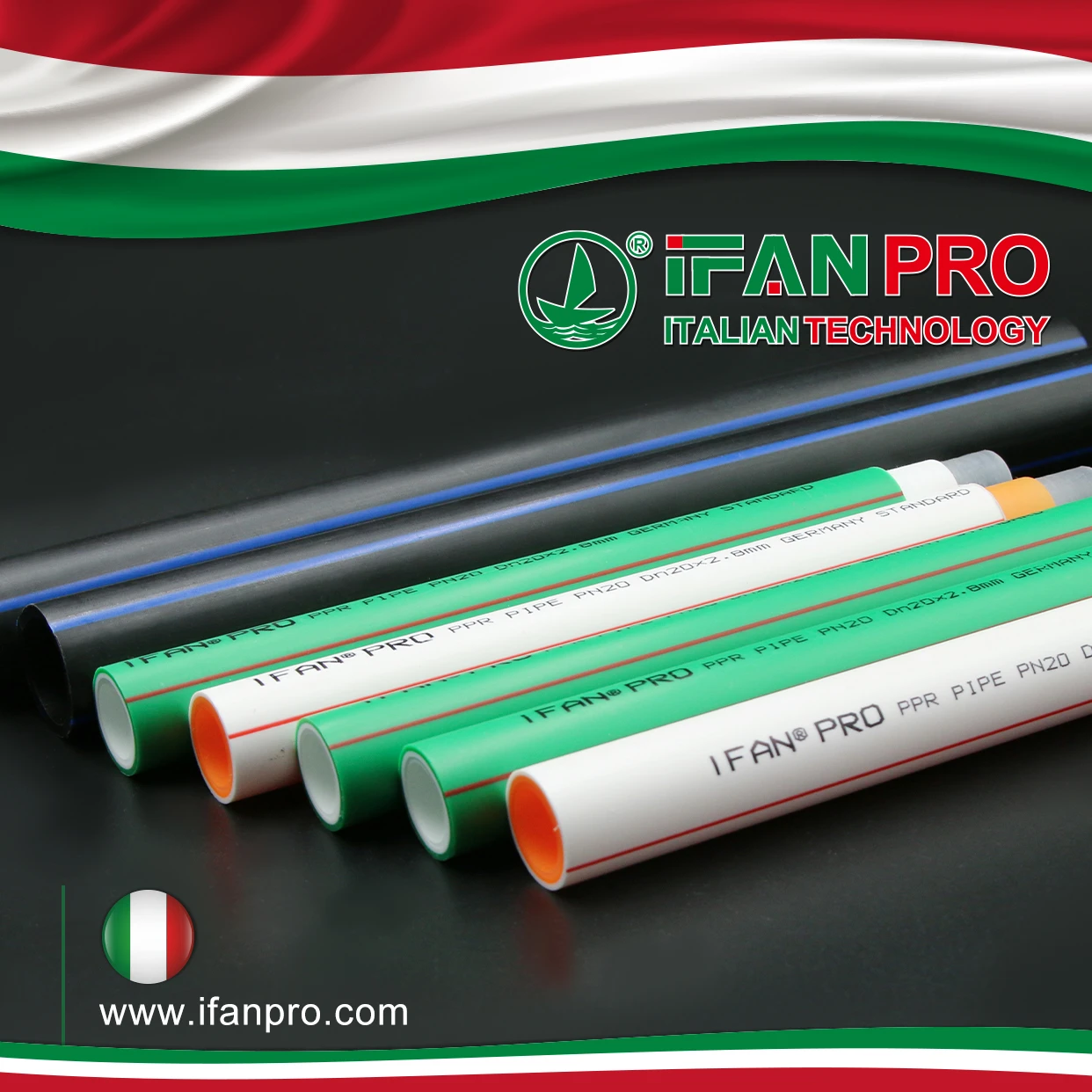
We once rejected a batch of HDPE pipes that passed short-term hydrostatic tests but failed extended testing, preventing what would have been a catastrophic failure in a high-pressure irrigation system. This experience demonstrated why comprehensive hydrostatic evaluation is indispensable.
Hydrostatic tests subject HDPE pipes to constant internal pressure while monitoring for failure over extended periods, with the sustained pressure test running for 1,000 hours and the pressure regression test extrapolating 50-year performance. These tests verify the pipe’s hoop stress resistance and long-term hydrostatic strength while identifying potential material or manufacturing defects.
Long-Term Hydrostatic Testing Methods
Different hydrostatic tests serve specific purposes in durability assessment:
Sustained Pressure Test
This test subjects pipes to constant internal pressure at specific temperatures for 1,000 hours according to ASTM D1598 standards. Pipes must withstand the pressure without failure, rupture, or significant deformation. The test evaluates the material’s resistance to creep and stress rupture under continuous loading conditions that simulate decades of service.
Pressure Regression Testing
This comprehensive evaluation involves testing multiple pipe samples at different pressure levels to establish failure trends over time. By analyzing how failure time changes with varying pressure levels, engineers can extrapolate the pipe’s long-term hydrostatic strength (LTHS) and predict its 50-year performance capability. This regression analysis forms the basis for HDPE pressure ratings.
Hydrostatic Stress Rupture Test
This accelerated test evaluates the pipe’s performance under elevated temperatures and pressures to simulate extended service life in a shorter timeframe. The test data helps establish the hydrostatic design basis (HDB) – the maximum recommended continuous hoop stress that the material can withstand for 50 years with a high statistical confidence level.
Test Parameters and Standards
Hydrostatic testing follows strict protocols to ensure accurate results:
| Test Type | Standard Reference | Duration | Key Measurements | Acceptance Criteria |
|---|---|---|---|---|
| Short-Term Hydrostatic | ASTM D1598 | 1-10 hours | Burst pressure, failure mode | Minimum pressure resistance |
| Sustained Pressure | ASTM D1598 | 1,000 hours | Time to failure, deformation | No failure at test pressure |
| Pressure Regression | ASTM D2837 | Multiple tests | Hoop stress vs. failure time | Established LTHS rating |
| Quick Burst Test | ASTM D1599 | Minutes | Maximum burst pressure | Meets minimum strength requirements |
How Does the Notch Test Evaluate HDPE Resistance to Slow Crack Growth?
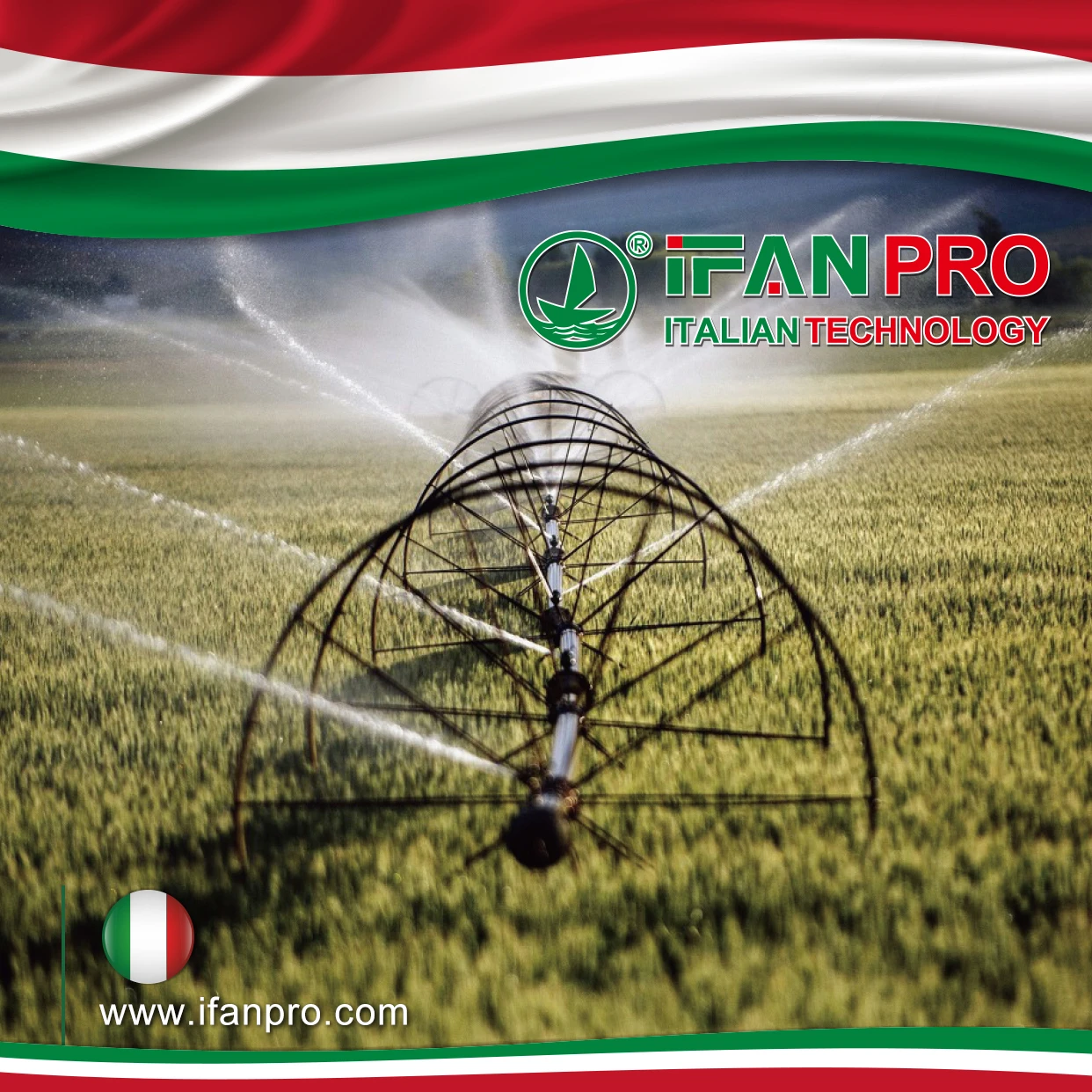
After investigating mysterious pipe failures in a geothermal application, we discovered the HDPE material had poor slow crack growth resistance despite excellent pressure ratings. This finding highlighted why notch testing is essential for applications with point loading or soil movement.
Notch tests evaluate HDPE’s resistance to slow crack growth by introducing a controlled imperfection that creates stress concentration, then monitoring crack propagation under constant stress. The Pennsylvania Notch Test (PENT) applies constant load to a notched sample at elevated temperature, measuring time to failure to predict long-term performance in demanding applications.
Slow Crack Growth Mechanism
Understanding this failure mode explains why notch testing is critical:
Stress Concentration Initiation
Slow crack growth begins at microscopic imperfections or surface damage where stress concentrates. These tiny flaws can develop into cracks that propagate gradually through the pipe wall over years, eventually causing failure even at stress levels far below the material’s yield strength. Notch tests artificially create these initiation points to accelerate the process.
Brittle Fracture Progression
Unlike immediate ductile failure, slow crack growth represents a brittle fracture mechanism where cracks extend gradually through the polymer structure. This failure mode is particularly problematic because it occurs without visible warning signs and can cause sudden failures after years of apparently successful service.
Environmental Stress Cracking
When combined with chemical exposure or environmental factors, slow crack growth can accelerate significantly. The notch test helps identify materials susceptible to environmental stress cracking resistance (ESCR), which is crucial for pipes exposed to surfactants, oils, or other chemicals in soil or fluid transport.
Notch Testing Methodologies
Different notch tests evaluate various aspects of slow crack growth:
Pennsylvania Notch Test (PENT)
This sophisticated test applies constant tensile load to a notched specimen at 80°C and measures time to failure. High-performance HDPE resins typically achieve PENT values exceeding 1,000 hours, with premium resins reaching 10,000+ hours. The extended duration provides high confidence in long-term crack resistance.
Notched Constant Ligament Stress Test (NCLS)
This test evaluates slow crack growth resistance under more practical conditions that simulate actual pipe service. The test measures crack growth rate in notched pipe samples under constant load, providing data for predicting service life in applications with constant stress conditions.
Bent Strip Test
For quality control purposes, this simpler test places a notched strip specimen in a bent position and immerses it in a stress-cracking agent. While less quantitative than PENT, it provides quick comparison of different material’s resistance to environmental stress cracking.
What Methods Assess HDPE Pipe Durability in Chemical Environments?
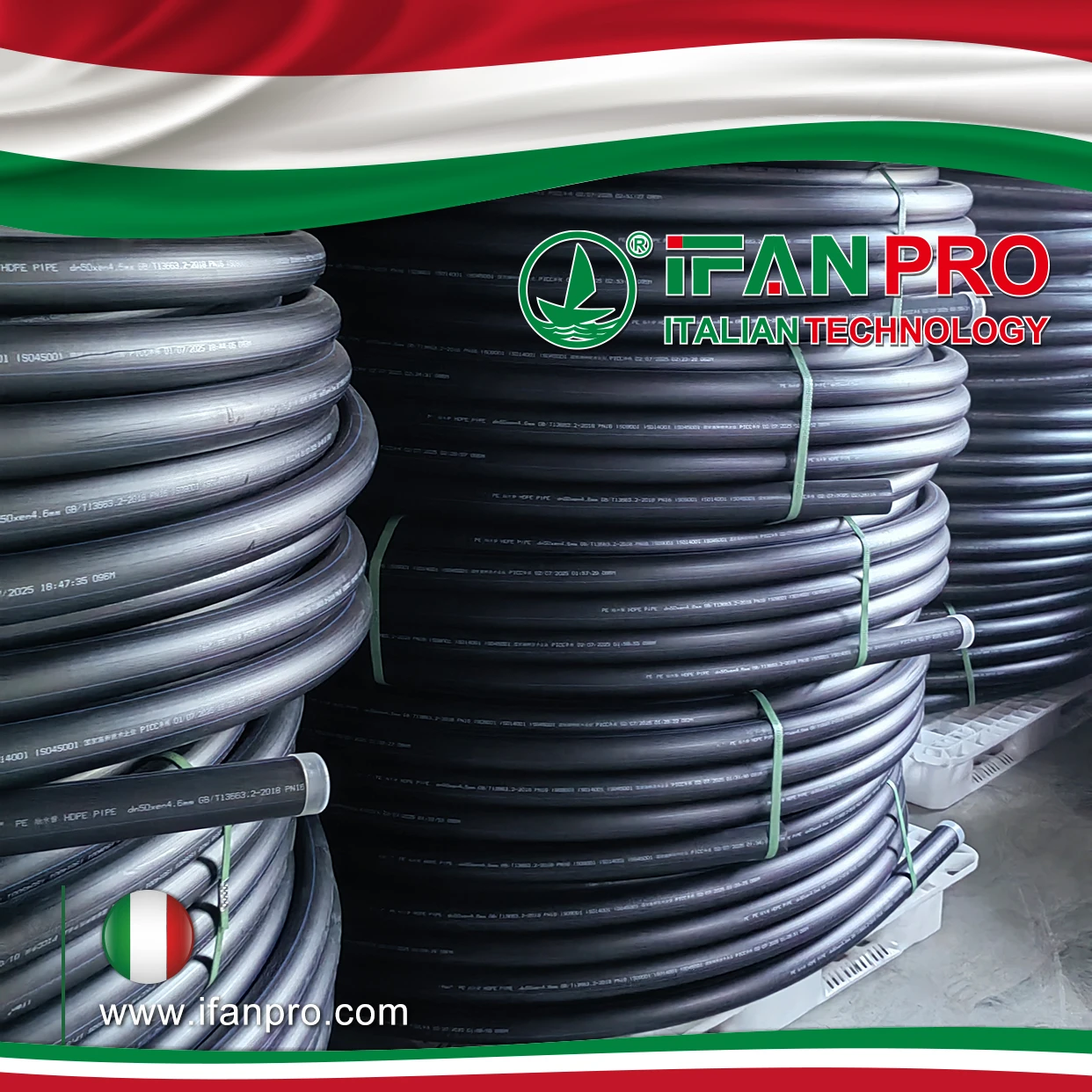
A chemical plant experienced unexpected HDPE pipe failures despite selecting “chemical resistant” material, teaching us that generic chemical resistance claims require verification through application-specific testing for reliable performance.
Chemical durability assessment involves immersion testing where pipe samples are exposed to specific chemicals while monitoring weight changes, dimensional stability, and mechanical properties. Stress cracking tests evaluate performance under combined chemical and mechanical stress, while permeation testing measures chemical migration through pipe walls to ensure fluid containment and prevent environmental contamination.
Comprehensive Chemical Evaluation Methods
Multiple test approaches provide complete chemical resistance profiling:
Immersion Testing Protocol
This fundamental test involves submerging HDPE samples in specific chemicals at controlled temperatures for extended periods. Regular measurements track weight changes (indicating absorption or extraction), dimensional changes (showing swelling or degradation), and mechanical property retention. Testing typically continues for 30-90 days with interim measurements at 7, 14, 30, 60, and 90-day intervals.
Environmental Stress Cracking Resistance (ESCR) Testing
This critical evaluation tests the combined effect of chemical exposure and mechanical stress using the Bent Strip Test (ASTM D1693) or the Constant Tensile Load Test (ASTM D5397). These tests help identify materials susceptible to stress cracking failure when exposed to common environmental chemicals like detergents, oils, or oxidizing agents.
Permeation Testing
For applications involving hazardous chemicals or potable water, permeation testing measures the rate at which chemicals migrate through the pipe wall. This is particularly important for preventing contamination in drinking water systems or ensuring containment integrity in chemical processing applications.
Chemical Compatibility Assessment
Different chemicals affect HDPE in various ways:
| Chemical Category | Effect on HDPE | Test Method | Performance Indicators |
|---|---|---|---|
| Acids (concentrated) | Minimal effect | Immersion testing | Weight change <1%, strength retention >85% |
| Oxidizing agents | Surface degradation | ESCR testing | No cracking, minimal property loss |
| Chlorinated water | Slow crack initiation | Notch testing + oxidant | PENT values >500 hours |
| Hydrocarbons | Swelling, potential stress cracking | Immersion + ESCR | Volume increase <5%, no failure |
| Surfactants | Accelerated stress cracking | Bent strip test | Failure time >300 hours |
How Do Impact Tests Measure HDPE Pipe Resistance to Installation Damage?
During a large-scale pipe installation, we noticed varying damage resistance among different HDPE materials despite similar pressure ratings. Implementing rigorous impact testing helped us select materials that survived installation without compromising long-term performance.
Impact tests measure HDPE pipe resistance to installation damage by simulating real-world impact scenarios using falling weights, pendulum strikers, or drop towers that deliver controlled impact energy. The drop impact test (ASTM D2444) determines the height or energy at which 50% of samples fail when struck by a falling tup, providing the pipe’s toughness rating for handling and installation guidance.
Impact Testing Methodologies
Different impact tests address various damage scenarios:
Drop Impact Test (ASTM D2444)
This standard test uses a falling weight (tup) dropped from increasing heights onto pipe specimens until failure occurs. The test determines the mean failure height or energy, establishing the pipe’s impact resistance classification. This data helps installers understand handling requirements and potential damage risks during installation.
Charpy Impact Test (ISO 179)
This material-level test measures the energy absorbed when a notched sample is struck by a pendulum hammer. While conducted on specially molded specimens rather than actual pipes, it provides fundamental toughness data for material selection and quality control purposes, particularly for low-temperature applications.
Puncture Impact Test
This practical evaluation measures a pipe’s resistance to localized penetration by sharp objects, simulating damage from rocks or construction debris during backfilling. The test helps determine appropriate bedding and backfill requirements for specific pipe materials in rocky soil conditions.
Practical Application and Interpretation
Understanding impact test results ensures proper installation practices:
Temperature Considerations
Impact resistance decreases significantly at lower temperatures, making winter installation particularly challenging. Materials suitable for summer installation may become brittle and damage-prone in cold weather. Impact testing at various temperatures helps establish minimum installation temperature guidelines.
Installation Damage Prevention
Impact test data directly informs handling and installation procedures. Pipes with lower impact resistance require more careful handling, specialized bedding materials, or specific installation techniques to prevent damage that could compromise long-term performance.
Quality Assurance Applications
Impact testing serves as an effective quality control tool for verifying material consistency. Significant variations in impact resistance between production batches may indicate formulation changes or processing issues that could affect field performance.
Common Challenges and Practical Solutions
Based on our experience with HDPE pipe failures and testing, we’ve identified several recurring issues:
Incomplete Test Data
Manufacturers sometimes provide limited test data focusing only on pressure rating while omitting critical durability metrics like slow crack growth resistance or chemical compatibility. Always request full test reports including PENT values, ESCR performance, and chemical resistance data specific to your application.
Misinterpretation of Results
Properly interpreting test data requires understanding that laboratory conditions accelerate certain failure mechanisms. Work with material engineers to translate test results into realistic service life expectations for your specific application conditions.
Installation Damage
Even the best HDPE pipe can fail prematurely if damaged during installation. Implement strict handling procedures, train installation crews on proper techniques, and conduct post-installation inspections to identify and repair any damage before system commissioning.
Conclusión
Comprehensive durability testing including hydrostatic evaluation, notch testing, chemical resistance assessment, and impact testing provides the data necessary to select HDPE pipes that will deliver long-term performance in specific applications. By understanding these test methods and their practical implications, engineers and installers can prevent field failures and ensure reliable system operation throughout the pipe’s expected service life.

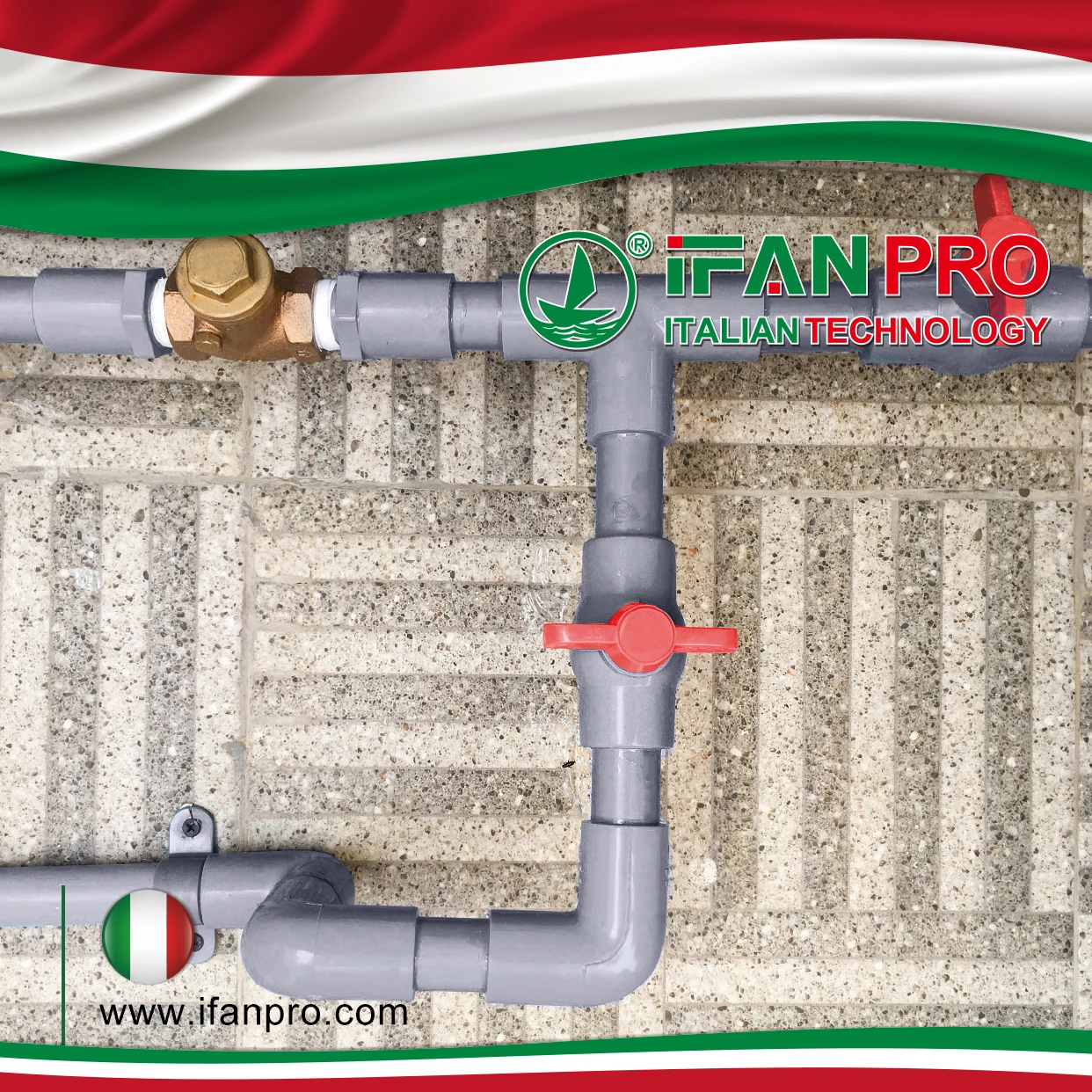
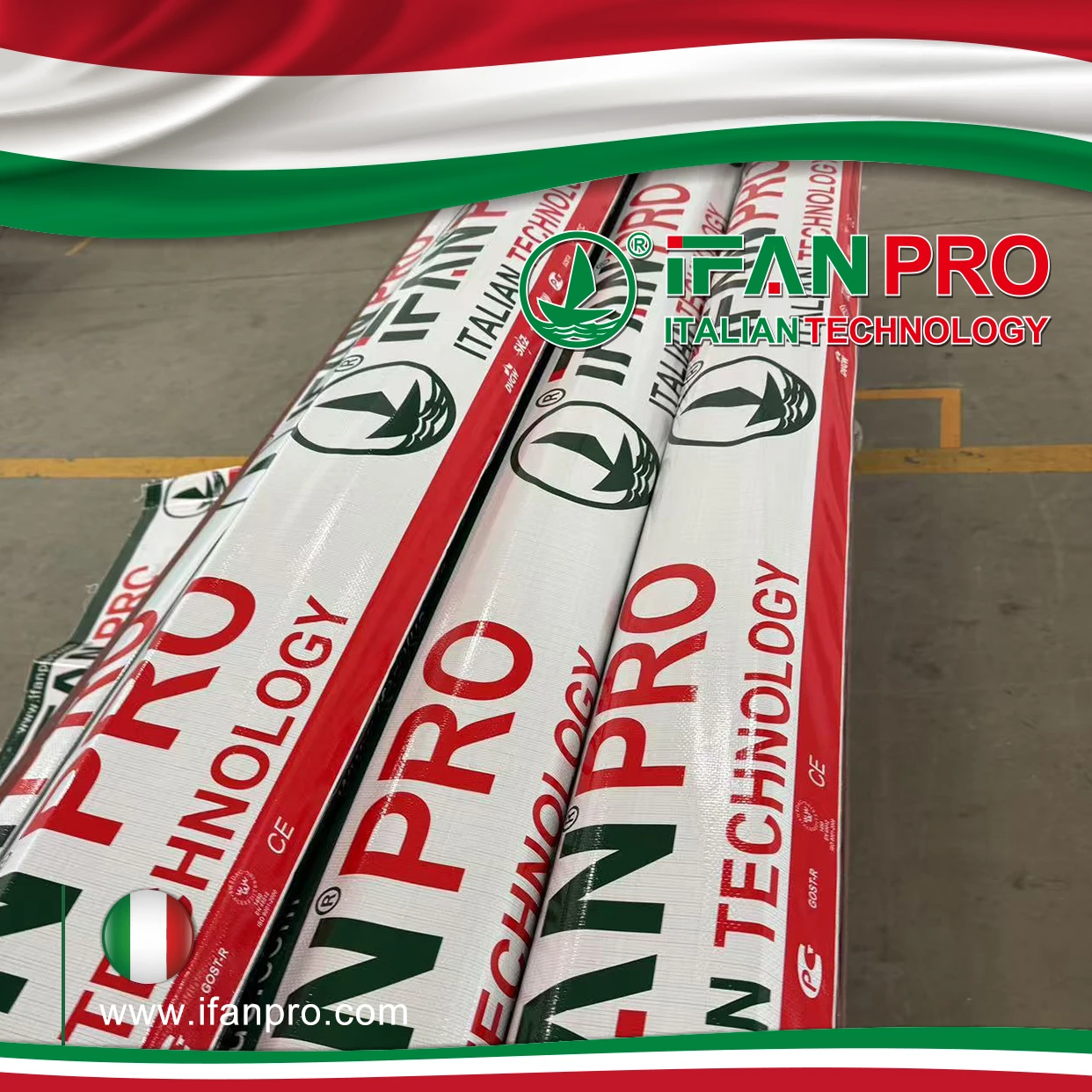










Comentarios recientes